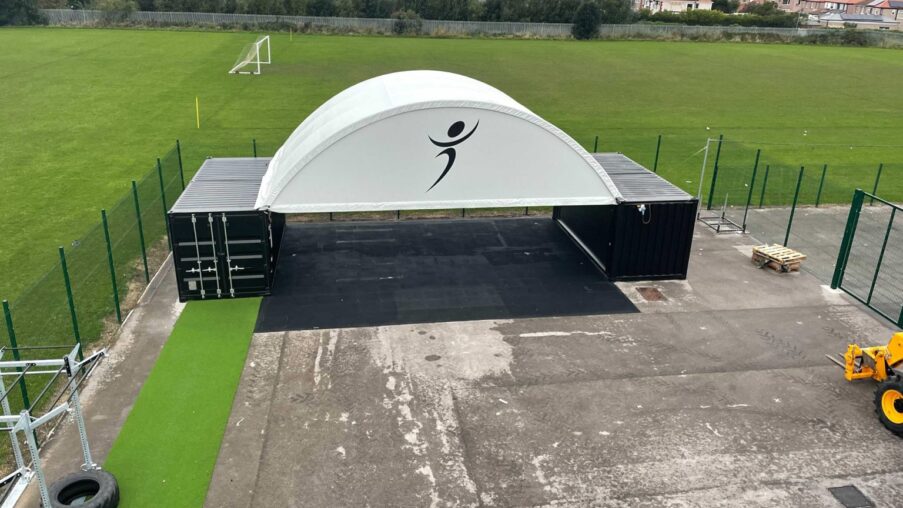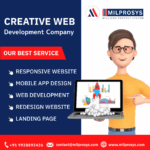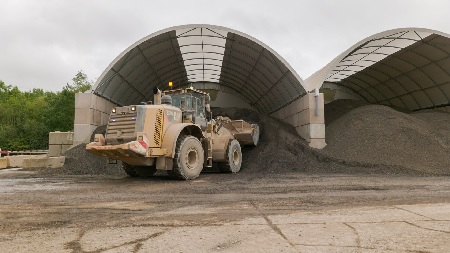Commercial and industrial sectors need adaptable infrastructure that can evolve with their changing requirements. Traditional permanent buildings offer durability and security but often involve high costs, lengthy planning, and inflexible designs. On the other hand, temporary structures provide quick solutions but may lack the strength, insulation, and long-term usability that many businesses require.
Semi-permanent structures offer the perfect middle ground. These structures are engineered for rapid deployment while maintaining durability, weather resistance, and scalability. They provide the flexibility of temporary setups while delivering the strength and reliability of a permanent building, making them a cost-effective solution for businesses needing covered spaces for storage, workshops, vehicle maintenance, and more.
With industries facing increasing pressure to be agile, scalable, and cost-efficient, structures are becoming a go-to solution. Let’s explore a few key ways they bridge the gap between temporary and permanent structures, offering businesses a practical and sustainable alternative.
Bridging the gap between temporary and permanent
Enhanced durability
Unlike traditional temporary structures that often lack resilience, semi-permanent structures are built using high-quality materials engineered to withstand harsh weather conditions. Whether facing heavy winds, rain, or snow, these structures offer superior protection, ensuring long-term reliability. Businesses can confidently use them for extended periods without worrying about wear and tear, making them a dependable alternative to traditional buildings.
Cost-effective solutions
Investing in a permanent building can be costly, requiring significant upfront expenses, ongoing maintenance, and long-term commitments. Semi-permanent structures provide a cost-effective alternative, offering the stability and protection of a permanent building at a fraction of the price. Their modular nature allows businesses to expand without incurring the expenses of constructing new buildings, making them a smart investment for growing businesses.
Modular flexibility
Business needs often evolve, requiring adaptable infrastructure. Semi-permanent structures feature a modular design, allowing for easy expansion or reconfiguration as requirements change. Companies can seamlessly add extra bays, adjust layouts, or even relocate the entire structure to another site with minimal effort. This adaptability ensures that businesses can scale operations efficiently without being constrained by fixed, immovable buildings.
Minimal site preparation
Unlike permanent buildings that require extensive groundwork, foundations, and permits, semi-permanent structures can be installed with minimal site preparation. This significantly reduces construction costs and eliminates lengthy delays caused by zoning restrictions or land assessments. Whether installed on concrete, asphalt, or compacted earth, these structures provide a sturdy and reliable solution that integrates easily into various work environments.
Why the McGregor Shield Canopy Is ideal for semi-permanent structure needs
McGregor Shield Canopy offers industry-leading structures that seamlessly blend flexibility with durability. Designed to span between ISO shipping containers, a single container canopies can create dry, covered spaces suitable for workshops, storage, or personnel areas.





